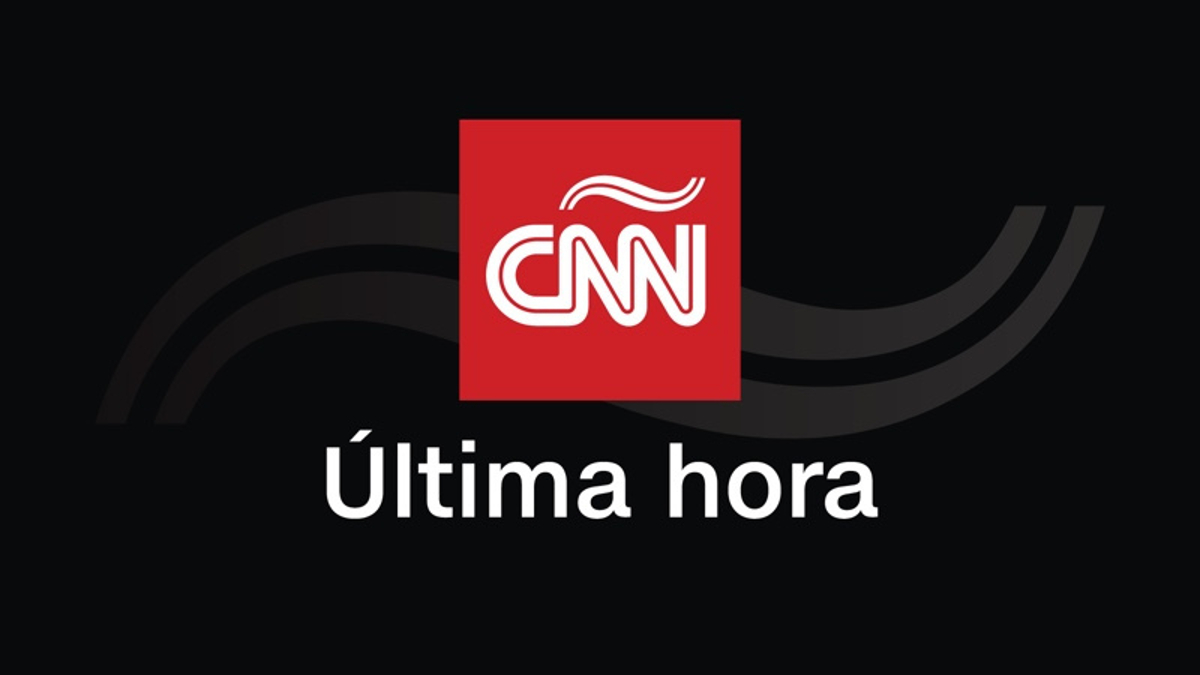NASA’s Artemis I mission delayed again as Tropical Storm Nicole moves toward launch pad

NASA has canceled a planned September 27 launch of the Artemis I rocket due to Hurricane Ian, which is forecast to strengthen as it nears Florida. (Photo: Jim Watson/AFP via Getty Images)
task Artemis IExpected to send an unmanned spacecraft on a test mission around the moon, NASA’s Space Launch System has been delayed again as it battles Tropical Storm Nicole, which is now expected to become a hurricane before reaching Florida’s east coast.
The space agency had targeted Nov. 14 for a third launch attempt, but is now looking at Nov. 16, “pending safe conditions for crews to return to work, as well as inspections after the storm passes,” NASA said in a statement Tuesday afternoon. . Nov. 16 will offer a two-hour release window that opens at 1:04 a.m. ET.
The rocket, often referred to as SLS, is on its launch pad at Kennedy Space Center, just north of where the storm’s center is expected to make landfall, CNN meteorologist Brandon Miller noted. That means the area can expect some of the strongest winds the system will bring.
If it were a Category 1 hurricane, it would have sustained winds of 120 km/h, as expected, with gusts between 130 and 145 km/h, Miller said. This means that the rocket will be hit by winds that exceed the predetermined limits that the rocket can withstand. The SLS is designed to withstand winds of up to 137 kmph, officials said.
“Also, the National Weather Service in Melbourne, Florida, is forecasting maximum winds of 86 mph early Thursday morning,” Miller added. “So yes, it’s entirely possible for wind speeds to exceed that limit.”
A recent report from the National Hurricane Center said Cocoa Beach, about 20 miles south of the launch site, has a 15% chance of sustaining sustained storm-force winds.
However, NASA officials said in a statement that “projections predict that the biggest risks to the platform are unanticipated high winds that will exceed the SLS design.”
“The rocket is designed to withstand heavy rainfall on the launch pad and the spacecraft’s hatches are protected to prevent water ingress,” the statement continued.
The space agency decided to send the SLS rocket to its launch pad last week because the storm was an as-yet-unnamed system off the East Coast. At the time, officials expected the storm to produce winds of around 25 knots (46 km/h) to 40 knots (74 km/h), considered within predetermined limits that the rocket could withstand. Mark Burger, a launch meteorologist with the U.S. Space Force’s 45th Weather Squadron, at a NASA news conference Nov. 3.
“The National Hurricane Center has a 30% chance of becoming a named storm,” Burger said last Thursday. “However, having said that, the models are very consistent in developing some kind of low pressure.”
But the storm was named on Monday, three days after the rocket lifted off from the launch pad.
The storm’s strength is unusual, as Nicole is expected to be the first hurricane to hit the U.S. in November in nearly 40 years.
The Kennedy Space Center announced on its Twitter account on Tuesday that “Hurricane remains in Status III and is preparing for the next storm by taking prudent precautions in all of our programs, operations and personnel in advance of the storm.”
Preparations for HURICON III include “protecting facilities, assets and equipment” and deploying a recovery team, personnel on site to assess any damage.


:quality(85)/cloudfront-us-east-1.images.arcpublishing.com/infobae/BH6NLAQGXJGADFWTENBUV7Z7RQ.jpg)
:quality(85)/cloudfront-us-east-1.images.arcpublishing.com/infobae/3GK63ATFOMFAYNUAQKUL4WUJFM.jpg)

:quality(85)/cloudfront-us-east-1.images.arcpublishing.com/infobae/SJ35ZLSJ5NB4BWVRJPSK74P7AQ.jpg)